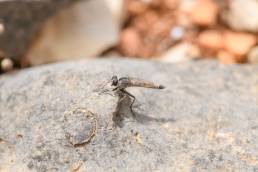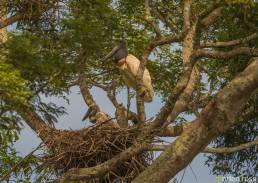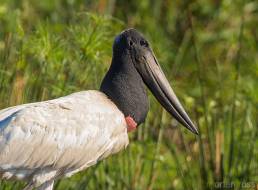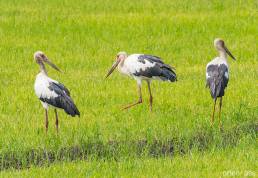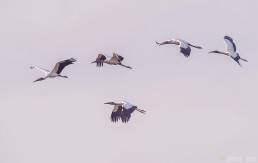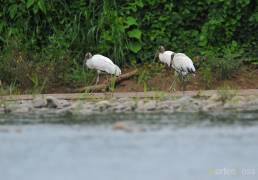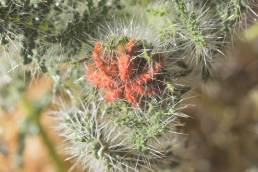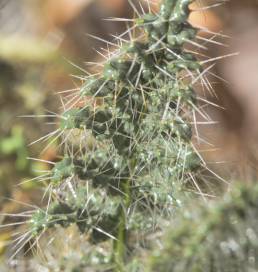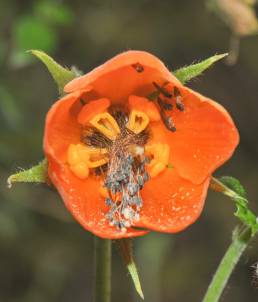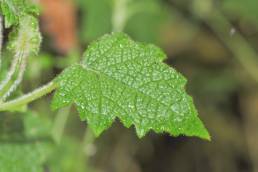1 Feb 2023
Robber fly (Subfamily Asilinae)
A brief encounter with one of perhaps more species of robber flies on Socotra. Elevation: 918 meters.
30 Nov 2014
Jabiru Stork (Jabiru mycteria)
The huge jabiru stork (Jabiru mycteria) is a Pantanal icon, and I was in luck to encounter a few nests with chicks during my trips up and down the many rivers…
14 Nov 2013
Jabiru Stork (Jabiru mycteria)
Jabiru stork (Jabiru mycteria) is a very large stork, with an equally huge nest! I saw several nests high up in the largest power pylons crossing the Pantanal.…
12 Nov 2013
Maguari Stork (Ciconia maguari)
Many long-billed bird species including storks are attracted to the rice fields of Fazenda San Fransico. Due to the need of large amounts of water these…
11 Nov 2013
Wood Stork (Mycteria americana)
One of several stork species I encountered here at Fazenda San Fransico, and the only one I didn't see up close. In fact this is my closet encounter. It…
23 Nov 2012
Wood Stork (Mycteria americana)
My boat trip from Chalalan back to Rurrenabaque presented an even greater amount of bird species than my trip upstream! Also species I didn't see on my way to…
16 Nov 2012
Caiophora chuquitensis
Caiophora chuquitensis is an incredibly spiny plant! There is not one part that is spineless, so I guess only insects are able to harm this plant! Altitude:…
16 Nov 2012
Caiophora chuquitensis
Caiophora chuquitensis is an incredibly spiny plant! There is not one part that is spineless, so I guess only insects are able to harm this plant! Altitude:…
